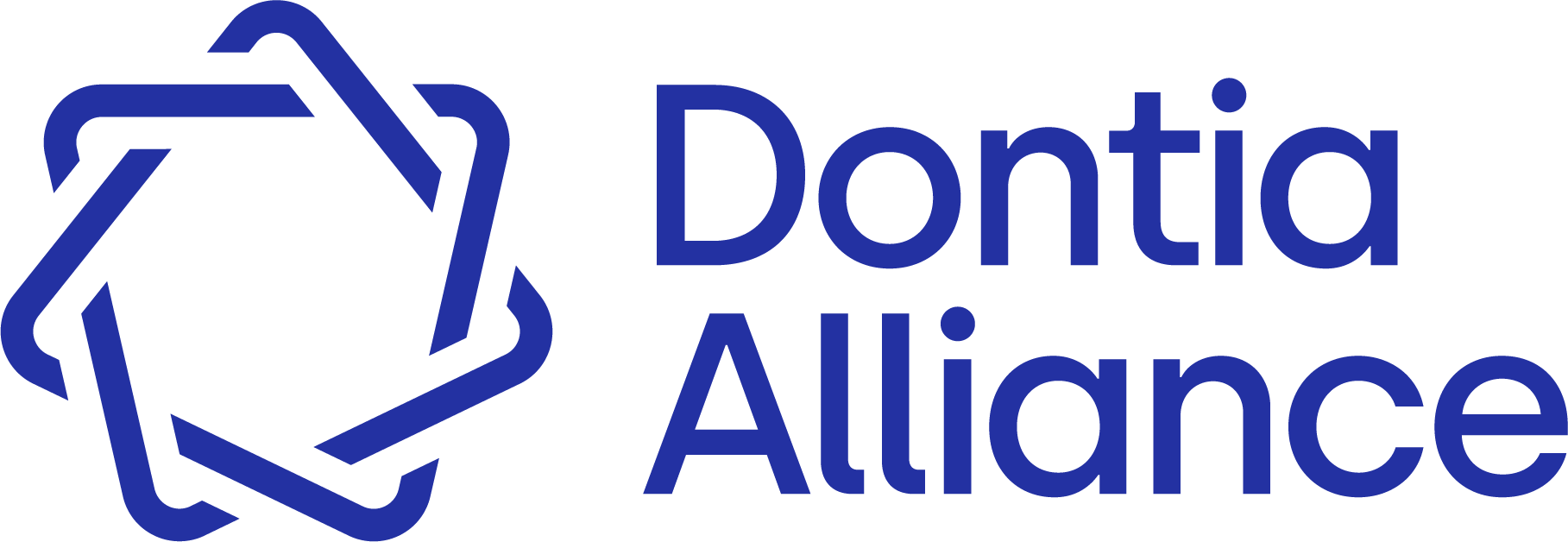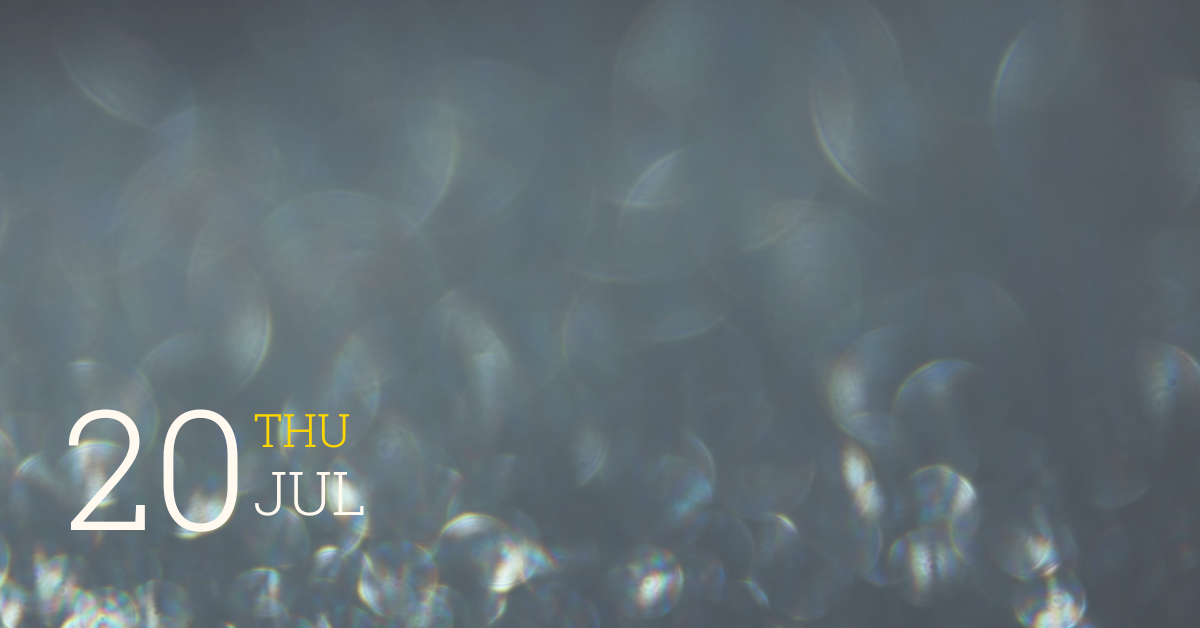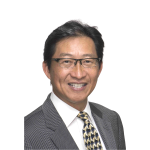What every Restorative Dentist needs to know about UARS
Global Novas • Passion for Excellence
Lecture Overview
Most dentists are familiar with obstructive sleep apnoea (OSA) but few have ever heard of the upper airway resistance syndrome (UARS) or stopped to realise how the latter condition impacts upon their restorative dentistry practice and the management of sleep bruxism and temporomandibular disorders (TMD).
Over the past 30 years, the dental profession has made great inroads into the field of sleep medicine. Oral appliance therapy (OAT) is now widely accepted as the evidence-based treatment of choice for patients with primary snoring, mild to moderate OSA and UARS. The modern titratable mandibular advancement devices (MAD), however, are essentially evolved versions of orthopaedic mandibular repositioning appliances popularly employed in the management of patients with TMJ internal derangements. The apparent clinical success of anterior mandibular repositioning in the arenas of both sleep disordered breathing (SDB) and TMD have forced open-minded prosthodontists to reassess traditional Gnathological concepts of occlusal rehabilitation and ‘retractive’ orthodontic treatment practices which remain popular in Singapore.
Airway has become the most important consideration in comprehensive treatment planning for full mouth rehabilitation and even supersedes Spear’s iconic (1986) Facially Generated Treatment Planning (Esthetics, Function, Structure, Biology) algorithm. It is conscionable to ask ourselves A priori whether the oral rehabilitative approach we are proposing is ‘airway neutral’, ‘airway positive’ or one that could potentially contribute to upper airway compromise not only today but as the individual ages!
Based upon published research on the TMD-UARS phenotype in our own South-East Asian cohort, this presentation will highlight and discuss the contributions of chronic nasal congestion, habitual mouth breathing, altered tongue posture, forward head posture, Chinese ethnicity and iatrogenic co-factors (e.g. extraction-retraction orthodontia) within this subset of TMD patients presenting with comorbid UARS. These findings make us realise that we will need an expanded interdisciplinary core team comprising of the sleep-trained ENT surgeon, myofunctional therapist, physical therapist, sleep physician and RPSGT as we move forwards to embrace Airway-Centered Dentistry (ACD).
On the other hand, we must not be lured into believing that everything from bruxism to attention deficit hyperactivity disorder is somehow airway-related. This ‘airway drunkenness’ is, perhaps, the consequence of having the pendulum swing too far towards the other side, fanning the idea that almost every case needs to be anterior repositioned prosthodontically, on mandibular advancement splints, or deserving of palatal expansion and maxillomandibular advancement (MMA) surgery. We, definitely, will have to ‘up our game’ in learning about Sleep Medicine, be conversant about the new developments in home sleep monitoring as well as their limitations, and be keenly aware of situations when our patients would need to be referred to the sleep physician for a level 1 sleep study (Polysomnography).
Results from PSG-based sleep research have dictated a paradigm shift in the way we look at abnormal tooth wear. Interestingly, sleep bruxism has been found to be significantly associated with UARS and mild OSA rather than severe OSA. Is the severely worn dentition of the patient referred to you for a full mouth reconstruction the result of an awake parafunction, a parasomnia, a sleep-related movement disorder or some neurological disorder? Are you dealing with primary or secondary sleep bruxism? Different treatment strategies need to be considered depending on whether the trauma-producing oromotor activity continues to occur while the patient is awake, in NREM or REM phase of sleep.
The importance of condylar position control, airway imaging, dynamic nasopharyngoscopy and overnight sleep studies will be discussed whilst patient cases are reviewed in the second half of the presentation.
Restorative dentists must also be made aware of the medical co-morbidities that exist between TMD, UARS and functional somatic syndromes including idiopathic pain disorders (e.g. fibromyalgia, chronic fatigue syndrome, irritable bowel syndrome) in which pain amplification and psychological distress are frequently observed. Allodynia and hyperalgesia, can complicate restorative dentistry. When extensive work is planned, these issues may have to be addressed by pre-restorative pharmacy and innovative biomechanical prescriptions involving modified occlusal loading schemes for function and parafunction.
As patients in the general dental practice are more likely to fall on the initial part of this SDB spectrum between mouth breathing right up to severe OSA and obesity-hypoventilation syndrome, the restorative dentist is in a privileged position to adopt a more preventive approach i.e. he can identify and modify structural and behavioural factors contributing to the individual’s upper airway compromise before it becomes a serious and possibly life-threatening medical disorder.
This 2-hour presentation will cover:
- Screening of patients for signs and symptomology of upper airway compromise
- How UARS differs from OSA
- The clinical and radiographic characteristics of the TMD-UARS phenotype
- Why it’s important for the restorative dentist to inculcate an airway consciousness when treatment planning
- Vigilance necessary when employing mandibular repositioning strategies and how to mitigate the side effects related to long term usage of mandibular advancement devices for OAT
- Proposed algorithim when dealing with abnormal tooth wear related to bruxism
- Factors to consider when developing an Airway-Sleep practice: The medicolegal implications, collaboration with the sleep physician from the very start, and tips on building a strong interdisciplinary team.
For more information, please whatsapp 6906 8688 or email education@dontiaalliance.com.
Speaker
Dates
20 Jul 2023
Time
6.30pm to 8.30pm
Registration Fee
Complimentary
Venue
Dontia Digital Innovations
1 Venture Avenue
Perennial Business City
#01-10 Singapore 608521
(Lift Lobby A)
*Registration to open on 29 Jun
Receive email updates on latest news and upcoming courses.


